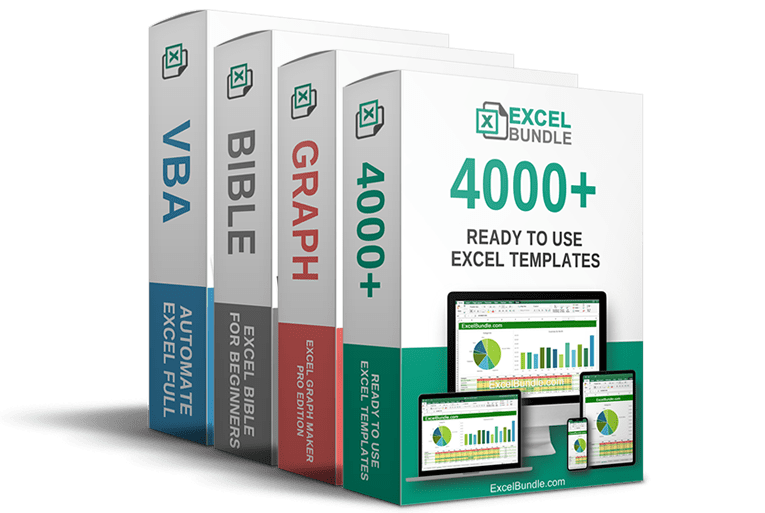50% OFF – Offer valid only today: , ,

Whether spread out across countless cells or nestled within complex equations, numbers are the lifeblood of any Excel spreadsheet. They add precision and accuracy to our data. However, sometimes, perfect precision isn't necessary, and rounded numbers can make your data easier to understand and work with. In this tutorial, we'll show you the easiest way to round numbers in Excel.
Excel provides a variety of functions for rounding numbers, but the most common one you'll use is ROUND. Upon seeing the name "ROUND," you may think it only rounds to the nearest whole number, but fear not! The beauty of Excel's ROUND function is that it can also round to the nearest tenth, hundredth, etc., or even to the nearest five or ten.
First things first, select the cell where you want the rounded number to be displayed. Then, start off by typing “=” followed by “ROUND(“. It should look like this: “=ROUND(“.
Now, input the number or cell reference you’d like to round. For instance, if we want to round the number stored in cell A1, we would type “A1”. At this point, your function should look like this: “=ROUND(A1”. Don’t forget to add the comma following the number or cell reference!
After your comma, input the number of digits you want to round to. If you input a positive number, Excel will round your number to that many decimal places. If you input a 0, it will round to the nearest whole number. And believe it or not, you can also input negative numbers! When you input negatives, Excel rounds your number to the left of the decimal. Once you've identified the number of digits, close the parenthesis. Your function should now look something like this: “=ROUND(A1, 2)”
Simply hit enter to finish and behold: your number is rounded! Can it get any easier than this?
While ROUND is universal, do keep in mind that Excel offers more specialized round functions like ROUNDUP and ROUNDDOWN. If you're dealing with large datasets and need a quick and easy way to manipulate numbers, it's worth considering an ExcelBundle template. With pre-built formulas and structures, you can save invaluable time and increase productivity.
Rounding numbers in Excel is straightforward and simple. By mastering the ROUND function, and its more specialized siblings like ROUNDUP and ROUNDDOWN, you have yet another powerful tool in your Excel arsenal. Remember, Excel's power lies in its depth, and every new function you learn is another step towards unlocking its full potential. Next time you’ve got a sea of numbers, don’t drown in the details! Use rounding to make numbers more manageable and easy to understand.
Excel is without a doubt one of the best tools on the market for working with analytical, graphical, numerical, and mathematical data. However, using it isn’t always easy—especially if you don’t have much experience and need to create reports and spreadsheets from scratch.
That’s exactly why we’ve put together this incredible, all-in-one package of ready-to-use, fully editable Excel spreadsheet templates. With it, you’ll always have a reliable starting point for your projects.
You’ll get over 4,000 ready-made and fully editable Excel templates covering a wide range of topics and industries—so you’ll always have the exact template you need, ready to use whenever you need it.






*Offer valid for a limited time.
You might have missed this opportunity!

